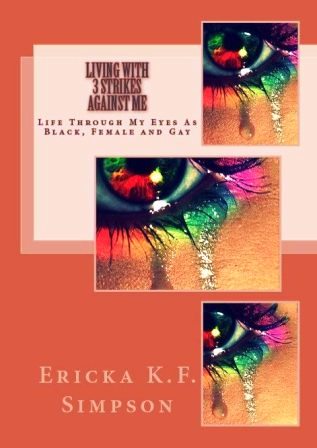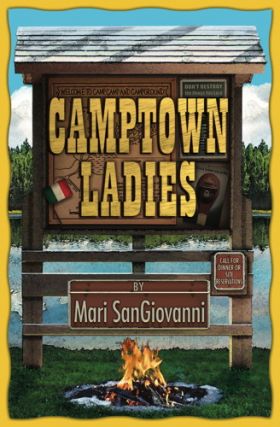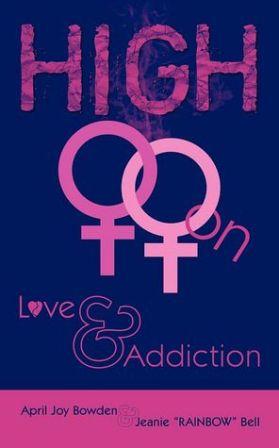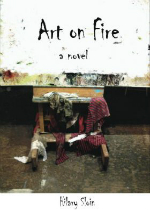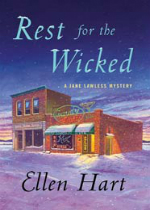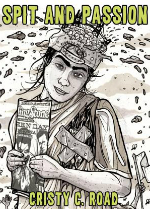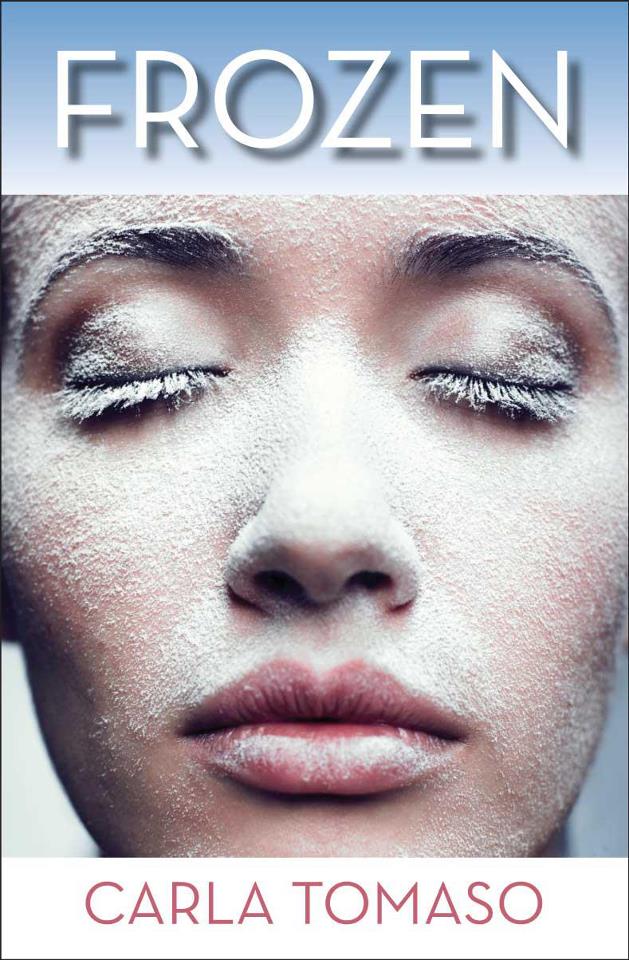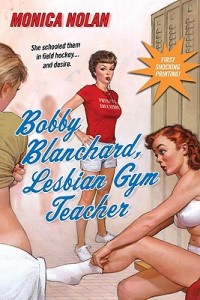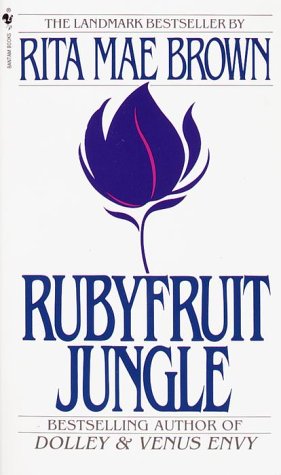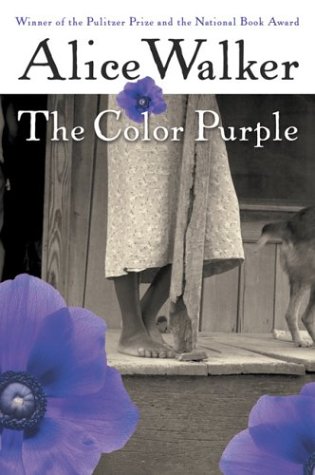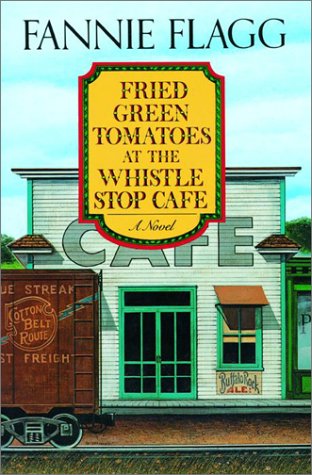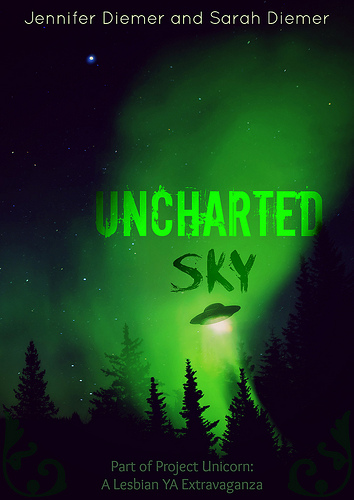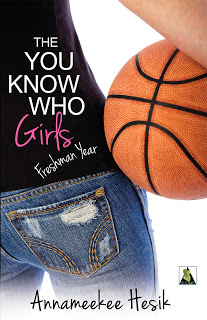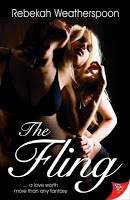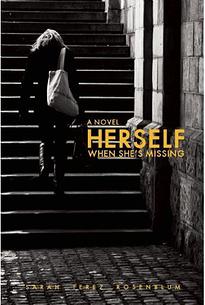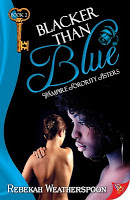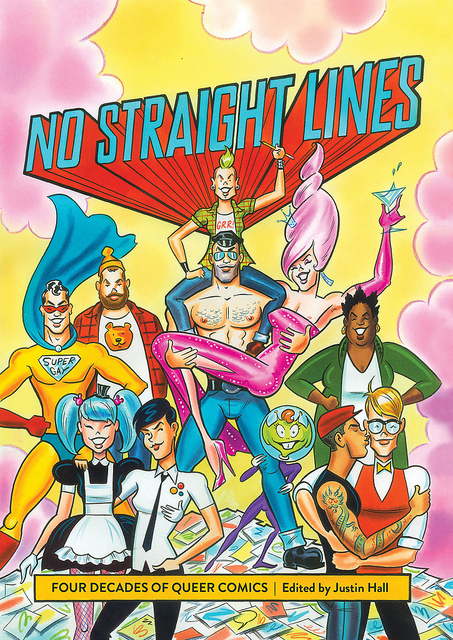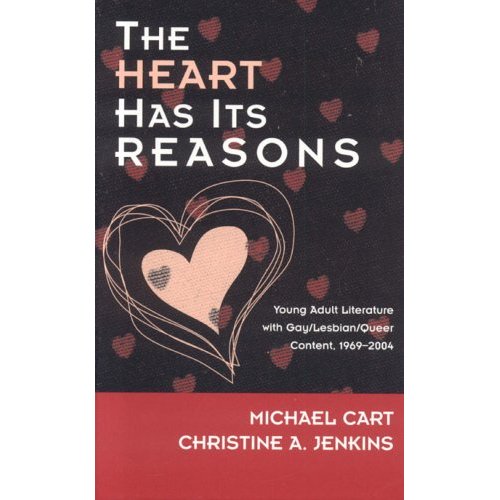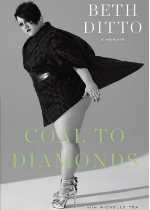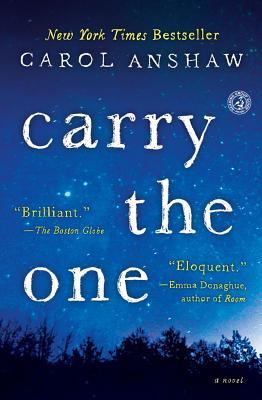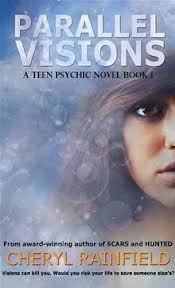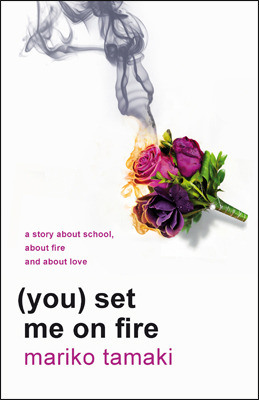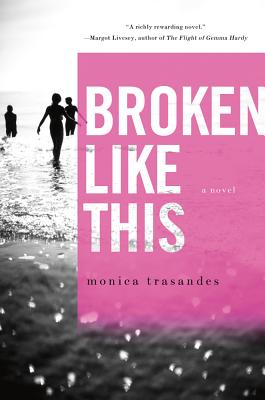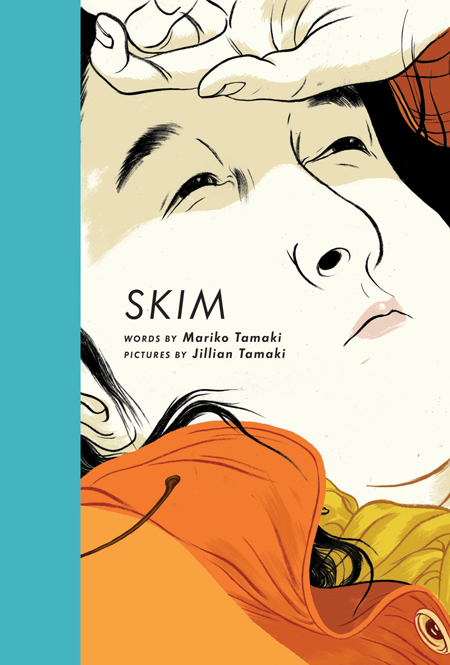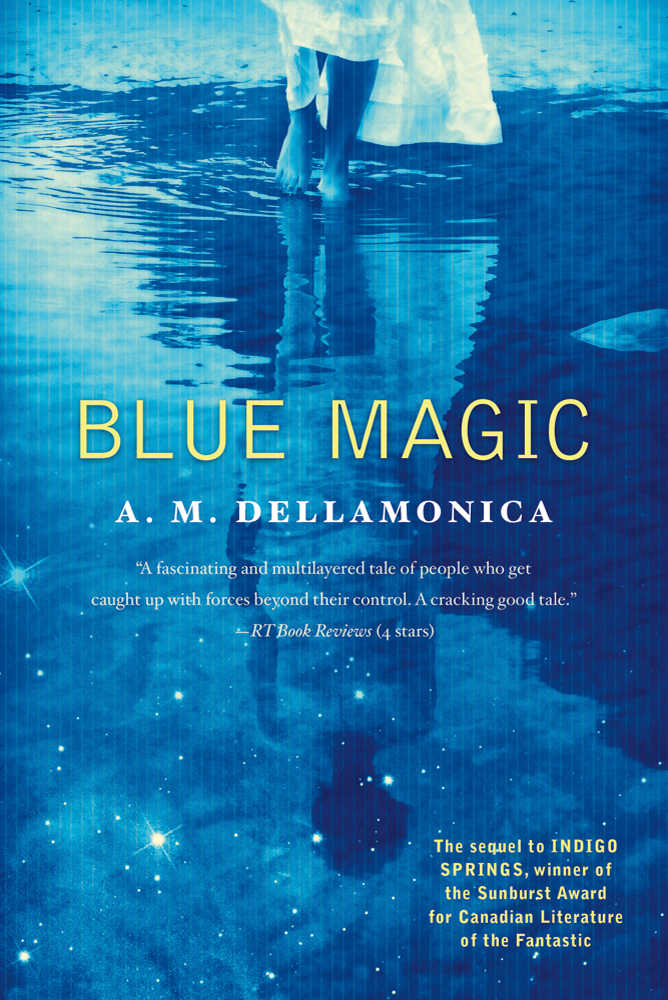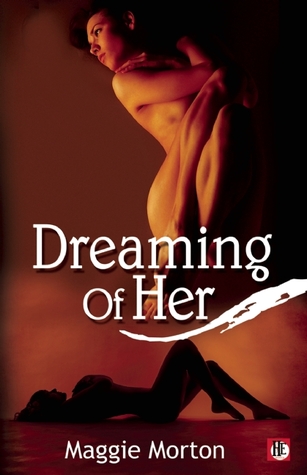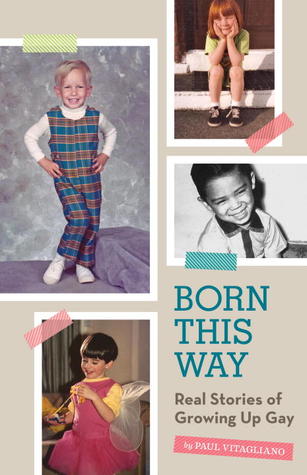
For this book, I basically just have a list of pros and cons. I’ll start with the cons. When I got this book to review, my Women’s Studies major roommate, who had taken Queer Theory with me, groaned after looking at the cover/title. My partner, me, and my roommate all discussed being a little sick of this rhetoric. “Born This Way” and “It Gets Better” as slogans erase the complexities of queer experience. For instance, I don’t feel like I was “born gay”. I had crushes on boys all through my childhood. It wasn’t until high school that I (as far as I was aware of) developed any romantic feelings for women. I feel like queer people often feel the need to re-write the past, to insist that we were “Born This Way” and it is therefore unchangeable and therefore you can’t hate me for it. But personally, I find the dichotomy of “it’s a choice”/”born this way” absurd. I wasn’t born gay any more than I was born a reader or sarcastic or any other personality trait I have. But that doesn’t mean I chose those things. I’m pretty sure I didn’t have any romantic or sexual inclinations as a newborn. Why is this our slogan?
It’s not accidental that I mention the “It Gets Better” campaign: the introduction to this book does, too. And many of the stories buy into the “It Gets Better” narrative, which frames homophobia as taking place in high school hallways, and that once you are free of that, your life will get better. I understand that the “It Gets Better” project can be inspirational for some queer people, and I don’t mean to take away from that, but I dislike the passivity (we won’t change anything, you just have to tough it out) and simplicity of the claim, and the accompanying “Born This Way” slogan.
Many of the stories included in the collection also claim that you should always come out right away and anything is better than being closeted, ignoring the reality of queer youth who live in spaces where it is unsafe to come out, where they may be kicked out of their homes. One story (“Barney”) claims “I can’t think of any people I’ve known who’ve said their life got worse after coming out.” Not only that, but this line is bolded, an editor’s choice to emphasize it. I find that claim ridiculous, considering the numbers of homeless queer youth who were kicked out after coming out. Another story claims that most people already know that you’re gay before you come out (which also seems like quite a claim to me), and that line is bolded, though their subsequent statement that you should “move at your own pace” in coming out is not bolded. The stories and photos often come back to this idea that you are born this way, you have always been this way, and that you can’t hide it: the photos show the truth about you.
One more con: I did my usual count of gay male stories featured vs lesbian stories featured and it was around 72:19. That is disappointing. I think part of that is that the collection relies heavily on conflating nontraditional gender performance with sexuality (which ignores the existence of trans people), and we have such strict rules about male/masculine behaviour that it is very easy to say “LOOK! Of course I was gay, I was holding my wrist limp/wearing high heels/posing with my hand on my hip”, while we don’t do that quite as much with little girls. (Though look at that adorable Irish girl on the cover. Which brings us to the pros.)
On the other hand, this isn’t trying to be a collection about deeply thinking about queer identity formation. It’s just a little inspirational book with lots of cute photos and very short (less than a page) stories about the gay person pictured, usually their coming out story. This is a very attractive book, with glossy photos and great design. It’s aesthetically pleasing. Also, it’s cute to see baby queers! And I can see how if you’re just coming out, these simplistic hopeful stories could be really helpful. There are also some interesting themes in the book. It’s arranged chronologically, although I didn’t really see any huge change between the stories through time. The most interesting thing to me was the relationship between the photos and the person writing their story. In some ways, these adults are re-writing the person in the photo, making their current identity inevitable, projecting their queerness onto a child who had no conception of it (and likely had very little idea of romance or sexuality at all). In other ways, it is the story of these people coming to terms with that kid in the photo: the unabashed, honest child who they repressed and have only now been able to appreciate. They are re-excavating that child, embracing being that person again. It can be a journey to try to just get back to being that person again.
I think this a really cute little book with very simple messages (be yourself, gay is okay, “it gets better”). It’s worth flipping through (or checking out the blog it was based on), but do expect simplicity and it to be very gay male centered.

